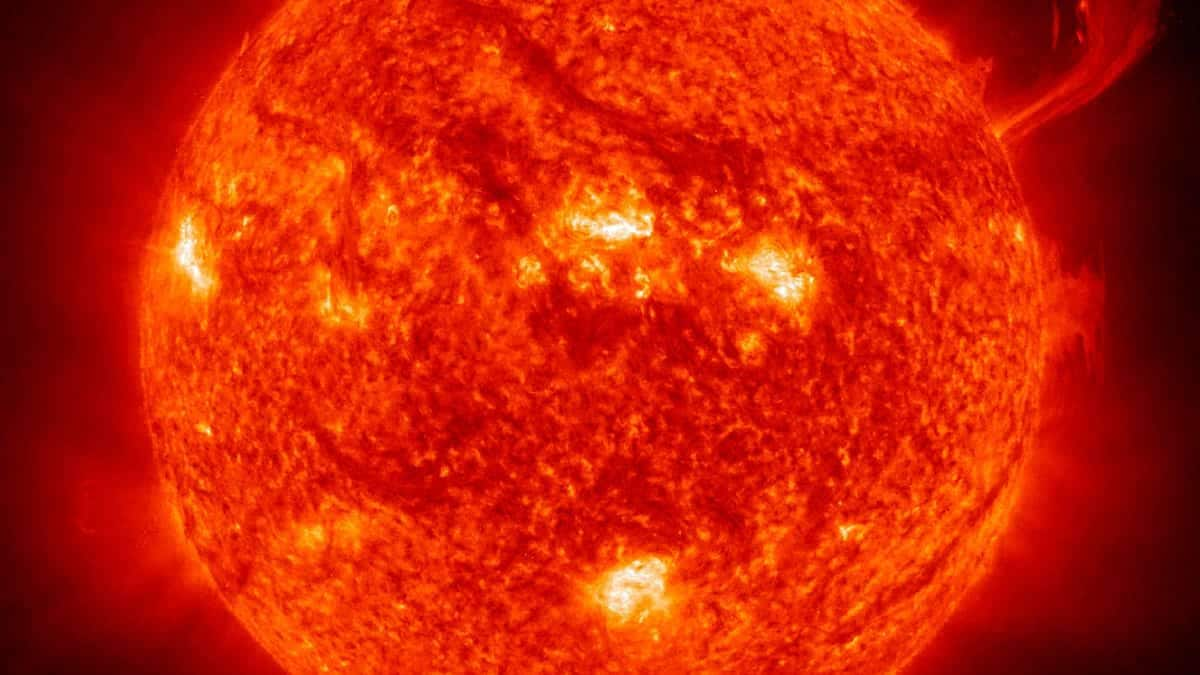
Major geomagnetic storm expected on Earth this week: Know why
What's the story
The National Oceanic and Atmospheric Administration (NOAA) has put out a heads-up about a geomagnetic storm that's on its way to Earth. This is the second one in just five months! The NOAA's Space Weather Prediction Center is expecting a minor G1 storm today and then a stronger G3 storm on Friday, October 4.
Flare details
Solar flare: A result of major explosion on Sun's surface
On Tuesday, a big explosion happened on the Sun's surface, leading to an X7.1 solar flare. This is seen as the second most powerful flare in recent years. The NOAA has traced its origin to Active Region 3842. Flares are categorized by their intensity, with B-class flares being the weakest and X-class flares being the strongest. This solar event could lead to a coronal mass ejection, which would send a ton of plasma and solar particles flying into space.
Storm effects
Geomagnetic storms and their impact on Earth
The release of plasma and charged particles can potentially trigger a geomagnetic storm upon reaching Earth's magnetosphere, the protective shield surrounding our planet. Potential impacts of a geomagnetic storm include disruptions to power grids, satellite communications, GPS navigation, and auroras. The strength and duration of the geomagnetic storm will determine its potential effects on various technological systems and infrastructure.
Solar cycles
Solar activity and its cyclical nature
Solar activity runs on an 11-year cycle, and right now, we're in the Sun's 25th cycle. The latest solar flare is the second most powerful one since this cycle kicked off in 2020. Although experts initially thought this cycle would be mild, we've already seen some extreme solar events this year, including a major geomagnetic storm in May that lit up the skies with auroras.